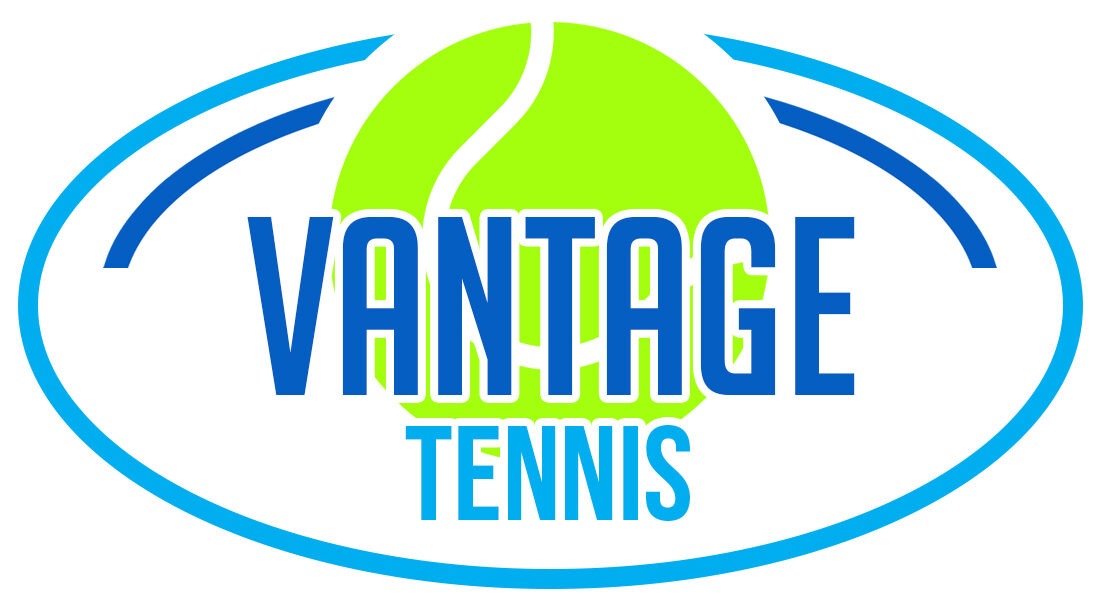Young tennis players often overlook crucial off-court activities, leading to injuries, burnout and stagnation. A well-rounded approach includes injury prevention, nutrition, mental prep and balance.
- Injury prevention and getting the body ready to step on the court.
Injuries are a common factor in tennis players. These are specific preventions that a player can take to avoid injuries and keep the body in good condition.
It all starts with an excellent warm-up. Why are kids rushing to get to practice these days? Getting there just in time to rush a warm-up it’s just not good enough. Players need to make sure they arrive on the court at least 15 minutes prior to their practice to have time for running, dynamic stretching, bands, and even some footwork exercises. Making it to the pro tour involves being a professional in every way.
As a former junior and professional tennis player, I got used to hearing the word “stretch!”
all the time from my coaches and parents. I don’t think that young players seem to understand its importance. Stretching is not something people do to act professionally; it’s something that’s necessary for the muscles in the body. Muscles get tight—especially after several days of tough practice or long matches. Stretching avoids tight muscles, maintains flexibility, and prevents common muscle injuries.
Another one of my favorites, and this is something I tell my students a lot! “Make sure you ice if you have some pain.” Icing reduces inflammation; it’s just that simple. Players who are too lazy to ice when they have pain end up having to miss a lot of practice due to injuries. It’s also important to know that the body is not a machine, and when we are having long and challenging weeks of training, it’s always good to go to the trainer and get a massage. Don’t let the muscles get so tight that they contract. Take care of yourself.
Consequently, eating properly before practices and tournaments is key to a good performance. Tennis players burn a considerable number of calories that require a diet high in carbohydrates to stay on the court for long periods. Don’t let your body get to the point where it’s starving. Eat a snack during practice, and make sure you keep drinking enough water. The first symptom of young players is headaches, and lack of energy is dehydration. Don’t let it get to that point. Drink water on and off the court.
Lastly, injury prevention is strengthening. Tennis is getting more and more demanding with time. Successful players are in phenomenal shape. They strengthen and get their body ready to reach their maximum potential. But, are you doing enough fitness? It’s not enough just to hit the tennis ball. In fact, it’s more beneficial to train fewer hours on the court and have an excellent fitness session almost every day. Professional players spend more time on fitness and getting stronger during pre-season than on the actual court.
2. Mental preparation
Every competitor experiences pressure differently, with some thriving naturally, others developing their skills, and some struggling with nerves. Reactions to nerves vary widely; players may become angry, anxious, or indifferent as coping mechanisms. Regardless of their responses, all players should be equipped with mental tools early on, such as meditation, visualization, breathing techniques, and match analysis, to prepare them for critical moments. The mental aspect of competition is crucial, as mentally resilient players are more likely to succeed in the face of challenges.
3. Balanced life
This last point may seem a bit less relevant, but it isn’t. If a player is not feeling good in their personal life, they will reflect it on the court. Young players must keep having a social life where they can disconnect from tennis for a little while and have some fun. Having other hobbies or other activities that make players excited is healthy! Professional players who are still on tour have enjoyable lives, and they choose to keep playing tennis because they are happy doing it. Unfortunately, many others who had a traumatic upbringing with their tennis career ended up quitting before they reached their full potential, and some quit even after making it to the professional tour.
Last but not least, tennis players are not machines, and they do need to rest. More is not always better. Most injuries come from over-training and overdoing it. Players who train seven days a week in a full-time schedule are “NOT” more successful than players who train five and half days with rest in between. In fact, the second kind of players end up training a lot more effectively because their bodies have a chance to recover. Sleeping well and resting enough is critical for good performance.
Did you think tennis was just about hitting the tennis ball around? There is a lot more to it that people don’t see. Professional players devote their whole lives to keeping their bodies and minds in optimal condition. Will you do what it takes?
by Former Professional and tennis coach Gabriela Paz
What Players do Off Court as Important as What They do on Court?








I read this article completely regarding the resemblance of hottest and previous technologies,
it’s awesome article.